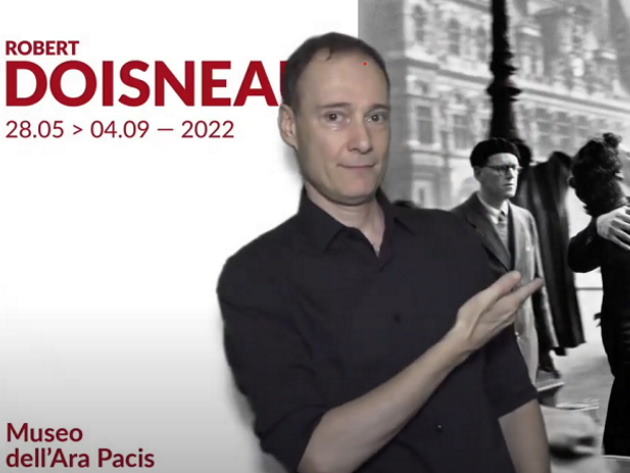
Culture is by definition a common good to be preserved, enhanced and shared, which is enriched by the diversity and variety of voices and experiences at play from time to time. In order to transform even museum spaces into increasingly accessible and inclusive places, and to encourage participation in the city’s cultural life, the Capitoline Superintendency promotes numerous initiatives aimed at ensuring larger access to the cultural heritage.
New projects regard, for example, the “Robert Doisneau” exhibition at the Ara Pacis Museum, with free admission for people with disabilities and a companion. Tools and dedicated tours are available for blind and visually impaired visitors: six relief drawings are positioned along the exhibition route, while an audio-description, on Audiopen (free and issued at the ticket office), guides in the exploration of the drawings and the universe of the French photographer. Upon reservation (at Call Center +39060608), free tactile tours with a trained operator are also available. For deaf people, guided tours use the LIS interpreting service, in collaboration with the Department of Social Policy and Health, Personal Services Directorate and the social cooperative “Segni d’Integrazione”, and can be booked through the free multimedia service CGS - Comunicazione Globale per Sordi. For more information on the tours, please visit the museum’s website.
Tactile and LIS tours are also offered periodically at Centrale Montemartini. Here, on the occasion of the exhibition “I mosaici della Real Casa”, a tactile panel with Braille captions for the blind and visually impaired visitors has been created in the Hall of Columns. The support reproduces in relief a portion of the floor mosaic discovered in Rome in 1900 in Via XX Settembre and dated between the mid-3rd and early 4th centuries: a 4-petaled flower with small leaves that adorned a polychrome panel on the floor. A QR code affixed to the panel makes the visiting experience multisensory: visitors can listen to an audio track, a true sound narrative that enriches and completes the perception of the mosaic on display.
 Condividi
Condividi












































